XIII городская научно-практическая конференция
учащихся
«Будущее начинается сегодня: старт в науку»
Секция «Иностранных языков»
«Позитивное влияние искусства на нашу жизнь»
Шукшина Вероника
Ученица 7 Б класса
МБОУ «Гимназия № 5»
Учитель-консультант:
Дудко Мария Владимировна
Contents:
-Introduction.
-Main part:
Types of arts
Russian ballet
Imperial Russian Ballet
Ballets Russes
Ballet companies
Methods
RepertoireBallet stars
-Conclusion
-List of references
«Positive impact of art on our life»
Introduction.
Art has influenced our very evolution, it has managed to transcend all barriers and attain mythical levels by the sheer beauty of art itself. It has even set one nation against another, and all, in turn, captured beautifully by Leonardo Da Vinci and his now lost, battle of Anghiari. All of this only goes on to showcase that art forms a crucial element in our development process and has and in all probability continue to influence mankind for the foreseeable future. This is why it makes sense to take a closer look at some of the positive impact of art itself.
The main part.
There are many different types of arts in the world. The most popular ones are cinema, theater, literature, music and painting and ballet. As for me, I’m fond of ballet and I’d like to tell about it .
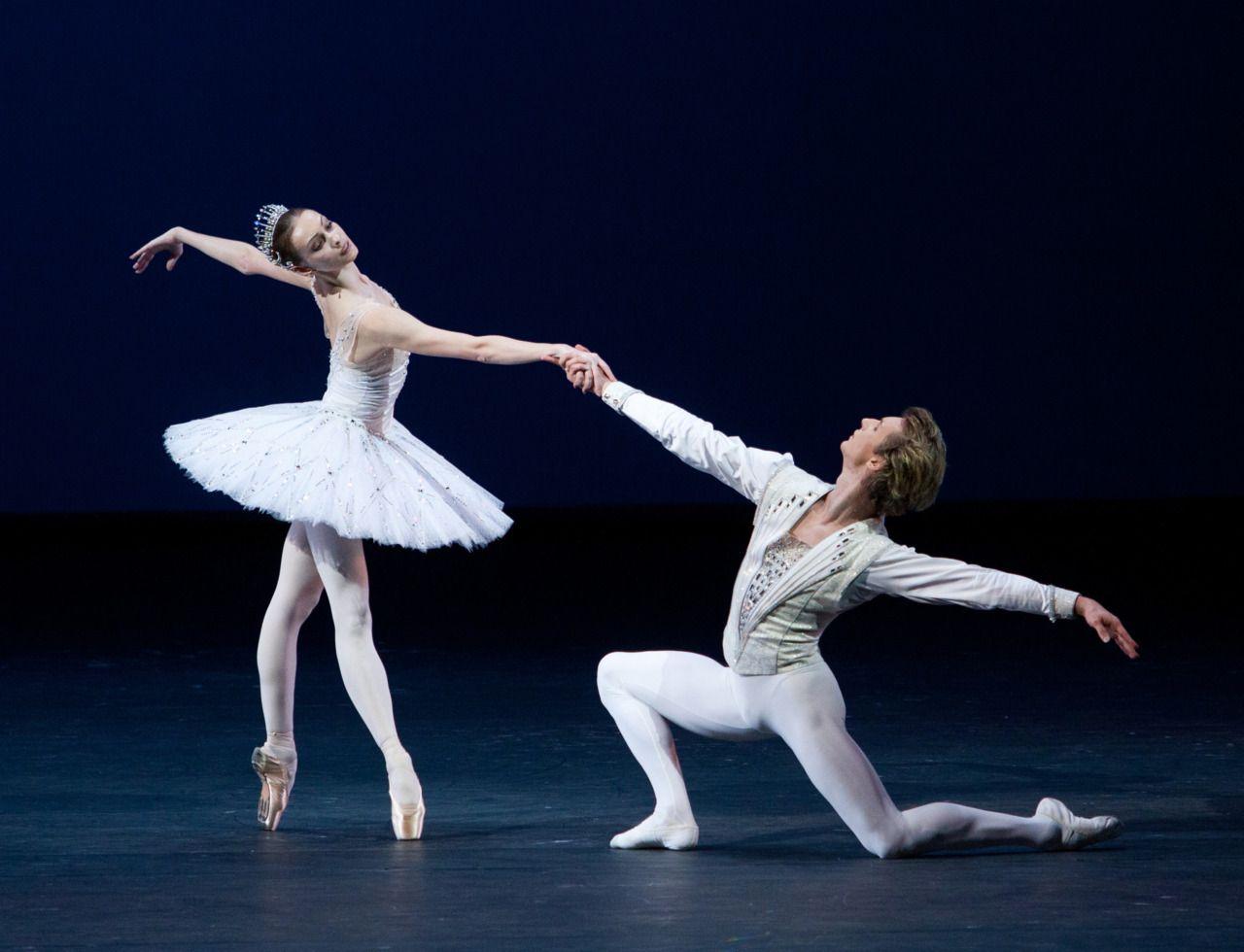

In all countries theaters are the main symbols of national culture. The Royal Opera House in London, La Scala in Milan, The Bolshoi Theatre in Moscow are famous all over the world. The Bolshoi Theatre it was founded in the 18 century, by the order of the Empress Catherine second. The theater flourished in the 19 and the early 20 centuries: operas by Thaikovsky, Borodin, Verdi, Wagner. Famous ballets (for example .Giselle and Swan Lake)were successful. People willingly visit its ballets (Don Quixote , Cinderella)Ballet is a performance in which the plot is communicated through music, dance, MIMi , and visual art . Home to ballet is Italy. Lead dancer -a ballerina. The male party -actor or dancer Learning the movements in the ballet positions for feet, arms and hands, talking in French. The movements in ballet are called ‘’PA’’. There are 6 poses in ballet. The First\ the Second \ the Third\ the Fourth auverte (open)\ the Fourth croise (crossed) \ the Fifth.
The best ballet dancing on stages around the world now are «Swan lake», «Nutcracker», «Sleeping beauty» , «Romeo and Juliette», «Spartacus» and
others. The famous ballerinas are:
Maya Plesetskaya. Anna Pavlova. Galina Ulanova. Olga Lepeshinskaya. Lyudmila Semenyaka and others. Ballet – is a beautiful and easy dance,
passing through the centuries ,not losing its popularity .
Russian ballet is a form of ballet characteristic of or originating from Russia
Ballet is the national honor of Russian and the “visiting card” of the Russian culture. Originated in Italy and France, here it found its “second home country”. It is in Russia where classical ballet traditions have been kept and developed to present them to the whole world again afterwards.
Imperial Russian Ballet.
Until 1689, ballet in Russia was nonexistent (ballet has its origins in the courts of the Italian Renaissance in the 15th and 16th centuries.) The Tsarist control and isolationism in Russia allowed for little influence from the West. It wasn't until the rise of Peter the Great that Russian society opened up to the West. St. Petersburg was erected to embrace the West and compete against Moscow’s isolationism. Peter the Great created a new Russia which rivaled the society of the West with magnificent courts and palaces. His vision was to challenge the west. Classical ballet entered the realm of Russia not as entertainment, but as a “standard of physical comportment to be emulated and internalized-an idealized way of behaving.” The aim was not to entertain the masses of Russians, but to cultivate a new Russian people.
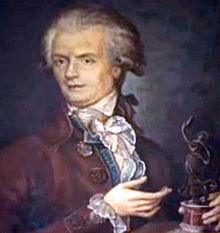
Jean-Baptiste Landé founded Russian ballet.
Empress Anna, (1730 – 1740) was devoted to ostentatious amusements (balls, fireworks, tableaux), and in the summer of 1734 ordered the appointment of Jean-Baptiste Landé as dancing-master in the military academy she had founded in 1731 for sons of the nobility. In 1738, he became ballet master and head of the new ballet school, launching the advanced study of ballet in Russia, and winning the patronage of elite families.
France provided many leaders such as Charles Didelot in St Petersburg (1801-1831), Jules Perrot (1848-1859) and Arthur Saint-Léon (1859–69).
In the early 19th century, the theaters were opened up to anyone who could afford a ticket. A seating section called a rayok, or 'paradise gallery', consisted of simple wooden benches. This allowed non-wealthy people access to the ballet, because tickets in this section were inexpensive.[4]
One author describes the Imperial ballet as “unlike that of any other country in the world…the most prestigious of the ballet troupes were those attached to the state-supported theatres. The directors of these companies were personally appointed by the tsar, and all the dancers were, in a sense, Imperial servants. In the theatre, the men in the audience always remained standing until the tsar entered his box and, out of respect, after the performance they remained in their places until he had departed. Curtain calls were arranged according to a strict pattern: first, the ballerina bowed to the tsar’s box, then to that of the theater director, and finally to the general public.
The first ballet school was opened in St. Petersburg in 1738. After a few decades, another school was opened in Moscow. Thus started the rivalry of the two ballet traditions – of St. Petersburg and Moscow, the two theatres – the Mariinsky and the Bolshoy – that has continued ever after. You can find the confirmation of that rivalry by just studying the playbills in both cities.
St. Petersburg school is faithful to classical traditions and focus on perfection of every movement and super professionalism of actors. The most “classical” versions of the great ballet performances can still be seen on stage of the St. Petersburg theatre. But the style of the St. Petersburg theatre seems cold to some people.
Moscow style is more inclined to expression of bright emotions, daring experiments, and variety of genres. However, experiments often turn out to be cliches or just bad taste. Nevertheless, in contrast to prim and proper St. Petersburg, this is excited in Moscow.
Ballets Russes.
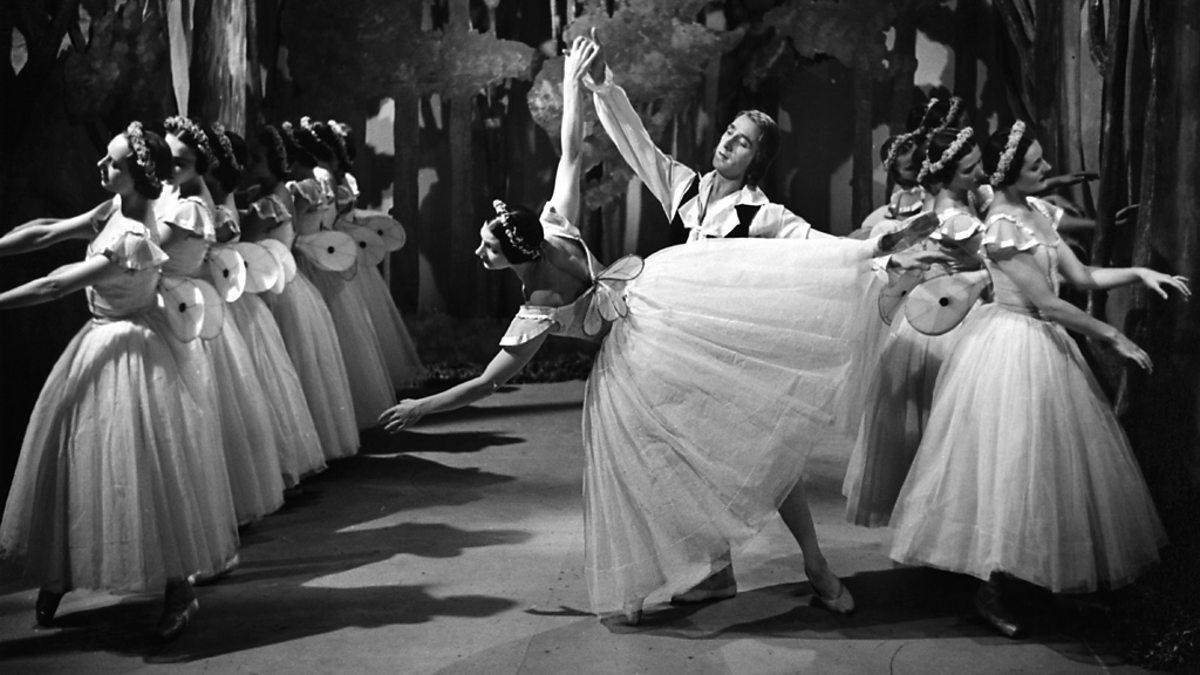
By the early 1900s the Russian ballet went beyond its borders and infiltrated Paris. It had become its own force and was distinctly Russian, while still being embraced by the Parisian society. In 1903 Ivan Clustine, a Russian dancer and choreographer who had started his career at the Bolshoi Theatre, was appointed Maître de ballet at the Paris Opera.
Clustine's hiring promoted a frenzy of questions about his nationality and choreographic agenda: “His hiring was thought a direct attempt by the Opera to imitate the Russian company; even he thought as much, maintaining, not without despondency, that inspiration too often came from the north: ‘A revolution! A method that people often apply in the country of the tsars.’ Clustine, although acknowledging his nationality with pride, harbored none of the revolutionary intentions that some thought an inevitable consequence of being Russian.”
The Parisians, while denying adoption of the backwards Russian troupe, had distinct Russian influence in their theater. “Despite Clustine’s protestations, several features of the Opera’s post-1909 ballets, along with its institutional conventions and balletic policy, appeared to betray a Russian influence.”[8] The stigma of Russian brutality and force was applied even in Paris. While their style was not only being accepted in Paris, but implemented in Paris theaters, the Ballets Russes were still considered dangerous, even in the theatre of performing art. “The Ballets Russes, at base, became a metaphor for invasion, an eternal force that could engulf and control, could penetrate the membrane of French society, culture and even art itself.”[8] The embracing of Russian ballet in the Paris society became a point of contention and French nationalism collided with Russian determination. Questions arose about the Russian intention in the Paris theaters under the title “cultural politics” including “the delimitation of boundaries, the preservation of identity and the nature of relational engagements.”
Russia was incapable of simply bringing Russian culture to the West, but created a paranoia of intentions wherever they went. In the beginning, the relationship between Russia and France through the arts was a testimony to their political allegiances. “French critics acknowledged a shared choreographic heritage: French ballet had migrated to Russia in the nineteenth century, only to return, decades later, under the guise of the Ballets Russes. The company, then, moored in a history that intertwined both nations, not only contributed to a cultural programme of exchange. The Ballets Russes were a testament to Franco-Russian cooperation, goodwill and support; they represented ‘un nouveau resserrement de l’alliance’ (a further strengthening of the alliance).”[7] However, the relationship made a negative turn when duplicity amongst the alliance arose. While Russia continued to borrow money from the French banks, “the Russians no longer interested in supporting French culture and colonial politics.” This duplicity gave fuel for the paranoia and lack of trust we see in the relationship concerning the arts. The Parisian press spoke of the Ballets Russes in terms of both “enchantement’, ‘bouleversement’ and ‘fantaisie’. Yet they also invoked metaphors of invasion, describing the company’s Parisian presence in terms of ‘assaut’ (onslaught) and ‘conquete’ (conquest).”[7] The dual-faceted relationship can be seen in this expression of both enrapture and contention. One French journalist, Maurice Lefevre, called on his fellow Parisians to see the reality of the Russian invasion as though it was an infestation, “We need to do some soul-searching and ask whether our guests are not about to become our masters.”[7] To imply that Russia was about to take over France through performing arts seems to be irrational, but evidence would suggest the fears were real among those in Paris.
Ballet companies .
The first ballet company was the Imperial School of Ballet in St. Petersburg in the 1740s. Sergey Diaghilev, (1872-1929), an enormously important figure in the Russian ballet scene, founded the ballet company Ballets Russes in the 1909. Diaghilev intervened in every aspect of ballet - direction, production, lighting, scenery, and performance. He headquartered his ballet company in Paris. A protégé of Diaghilev, George Balanchine, founded the New York City Ballet in 1948. Today, the Kirov Ballet company (now known as the Mariinsky Ballet) and the Bolshoi company are two world-renowned Russian ballet companies that tour the world.
Mariinsky Ballet (formerly Kirov ballet)
Bolshoi Ballet
Other Russian ballet companies include:
Ballets Russes, founded in 1909
Moscow State Academy of Choreography, commonly known as The Bolshoi Ballet Academy, founded in 1773
Vaganova Academy of Russian Ballet, founded in 1738 as the Imperial Ballet School
Saint Petersburg Eifman Ballet, founded in 1977
Mikhailovsky Theatre Ballet, founded in the 1930s
Perm Theatre Ballet, founded in 1896
Novosibirsk Theatre Ballet, founded in 1945
Russian State Ballet of Siberia, founded in 1978
A number of companies have been called, or included in their name, Moscow Ballet. The Mariinsky Theatre in St. Petersburg has been traditionally called the best ballet theatre of the country. Tickets to performances often sold out several months in advance. The Bolshoy Theatre in Moscow tries to astonish with experimental performances, but classical ones are generally more appreciated. The repertoire and company of the Stanislavski and Nemirovich-Danchenko Moscow Academic Music Theatre are really great too. Performances at the Mikhaylovsky Theatre of St. Petersburg are also very popular.
Opera and ballet theatres in Novosibirsk, Yekaterinburg, and Perm should be mentioned as the outstanding theatres in the regions that actively compete with the established ballet capitals for theatre awards. Yekaterinburg and Perm are recommended for visiting by those who like modern dances. Theatre “Provintsialnye Tantsy” (“Provincial Dances”) in Yekaterinburg has drawn special attention in recent years.
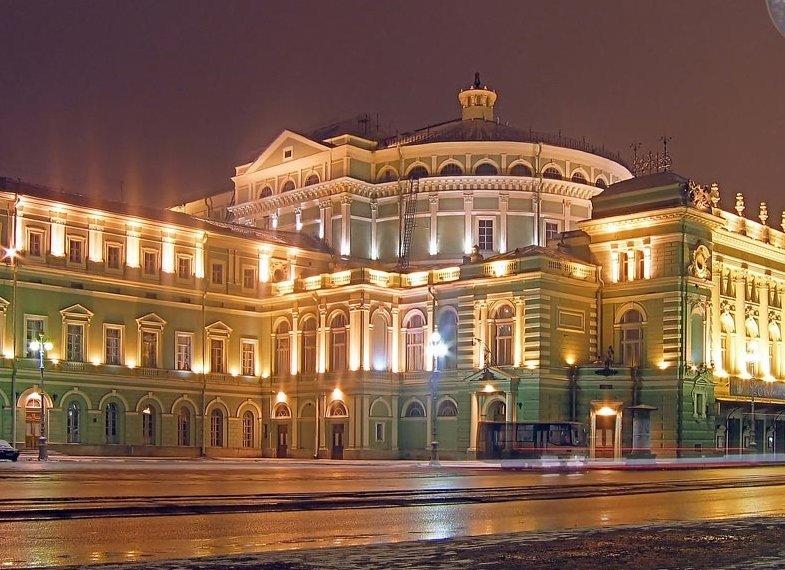
Mariinsky Theatre
Methods.
Several methods exist in Russian ballet. The most widely used is the Vaganova method, named after the ballerina and teacher, Agrippina Vaganova.
Repertoire.
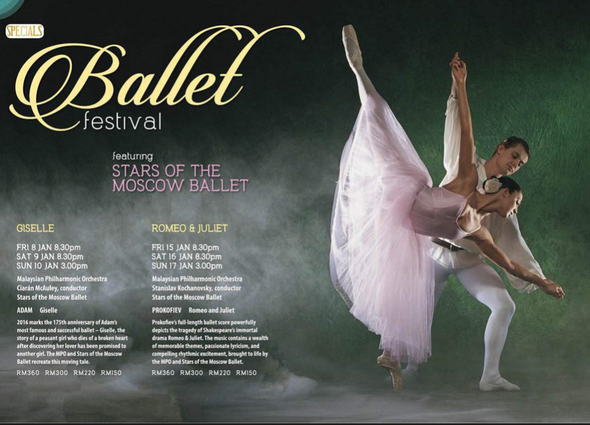
The repertoire of Russian ballet theatre, first of all, includes the best performances of the XIXth and XXth centuries recently supplemented by numerous experimental programs of modern dances.
In the XIXth century, many classical ballet masterpieces were born, such as “The Sleeping Beauty”, “The Nutcracker”, “The Swan Lake”, “Raymonda”, “La Bayadère”, and “Don Quixote”. The music to the former three was written by P.I. Tchaikovsky, which also was a break, as nowhere in the world the “great” composers had worked for ballet before. Due to their wonderful music and filigree choreography, these performances are still successful on the Russian and the world stages.
The beginning of the XXth century has become the time of new breaks for the Russian ballet. In particular the tours of Russian stars at the beginning of the XXth century (the famous Diaghilev’s “Russian Seasons”) awoke the faded interest of foreign audience to the ballet and gave it the new leaps of life. The genre of one-act ballet appeared and much more attention started to be paid to scenery and costumes. The music selected for performances was difficult, often “non-dancing” but still by the best composers. Among the ballets that were presented at the beginning of the XXth century, the most interesting are “The Firebird”, “Les Sylphides”, “Scheherazade”, and “The Rite of Spring” (the latter usually becomes the subject of merciless experiments).
The ballet continued to stay the source of the national pride in the USSR. Choreographers kept on following the classical traditions (even to the prejudice of all the new trends) while the music was created by the best composers: S.S. Prokofiev, D.D. Shostakovich, A.I. Khachaturian. Ballet performances were based on historical plots or literary compositions and were filled with profound meaning. Among the performances staged in the Soviet times “Romeo and Juliet”, “Spartacus”, “The Tale of the Stone Flower”, “The Fountain of Bakhchisarai”, “Cinderella”, “Anyuta”, and “Anna Karenina” are still popular (deservedly). The latter two are more modern and distinguish with more spiritual psychologism of characters.
After the collapse of the USSR, the stream of everything that had been previously prohibited flooded out on the Russian stage: ballet without a subject, liberal and modern dances, etc. Not all the experiments can be called successful, but one thing is doubtless – the Russian ballet world has become more versatile.
Ballet stars.
Both in Tzar and Soviet times (and now too), the attitude to ballet actors in Russian has been very reverent. Performances are often chosen to see a peculiar ballet dancer. In the Soviet times, tickets to performances with Ulanova, Plisetskaya and Maximova were sold instantly.
The most successful ballet dancers of present times are Ulyana Lopatkina (the Mariinsky Theatre, St. Petersburg), Svetlana Zakharova (the Bolshoy Theatre, Moscow), Diana Vishneva (the Mariinsky Theatre, St. Petersburg), Natalia Osipova (the Mikhaylovsky Theatre , St. Petersburg), and Ekaterina Kondaurova (the Mariinsky Theatre, St. Petersburg). Each of them has her own dancing manner, but all the ballerinas are amazing performers and great professionals.
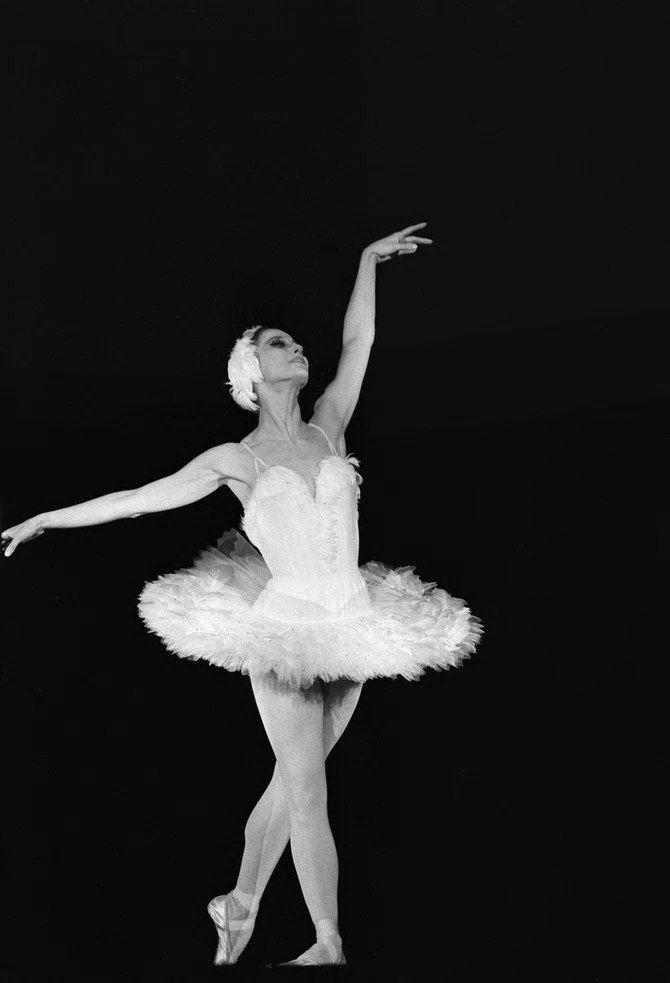 Maya Plesetskaya
Maya Plesetskaya
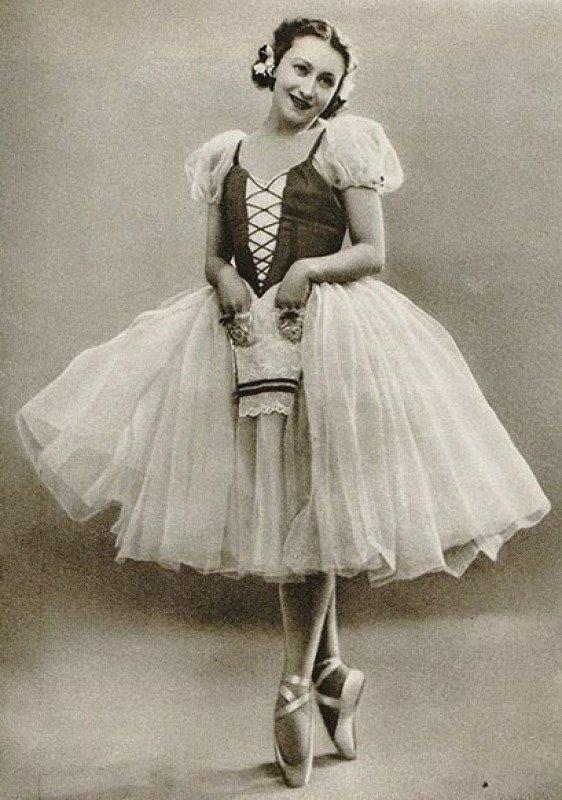
Galina Ulanova
Conclusion.
Of course, there is the positive impact of art on our life:Education: Art has always been the perfect medium in which to convey ideas, emotions and notions to others; after all, you have a blank canvas and putting it to good use by painting an evocative image, to convey a common message was about the only way you could communicate to the masses. Today though, that is no longer the case but the educational aspects of art still remain strong. Most teachers used famous paintings and sculptures to educate their students about physics, Math and even on Art itself. Today, with our rich heritage in art, including modern art, students are often taken on class excursions to examine these art pieces and even encouraged to imitate some of their preferred artists.
Beauty: Art, in any form only serves to enhance beauty; and this is why most of the art that goes under the hammer get sold at exorbitant rates, and the sum in question is often staggering. That aside, having even a second-hand print of a famous painting in a room should make the room come alive. In fact, Hitler is rumored to have hidden away a huge cache of famous paintings, just before the end of world war two and they remain undiscovered to this date.
Humanity: Often art is used to convey an idea, a suggestion to the user so that they can relate to it. But every so often, an art is created by bringing the whole community together. For example, the cave paintings at El Castillo was created by the whole community who resided there at that time and these representations of their imagination tell us more about them than the art itself.
In short, art allows us to explore our boundaries and to connect with the humanity that is within ourselves.
Art is a universal form of communication: looking at a dancing or paintings, people don’t need to speak the same language to feel connected emotionally.
Art increases productivity: a study by a professor from UMass Amherst revealed that workers who had pictures in their workspaces were 17% more productive.
Art is good for mental health: many studies show that creating art helps people with depression.
Art is good for children : starting at a young age, activities like drawing and painting help kids develop motor skills, stretch their imagination, and express their feelings.
List of references.
https://en.wikipedia.org/wiki/Russian_ballet
https://www.rbth.com/arts/326153-russian-ballet
https://todiscoverrussia.com/the-history-of-russian-ballet/
Линн Гарафола, «Русский балет Дягилева»https://positivenegativeimpact.com/art

 Получите свидетельство
Получите свидетельство Вход
Вход












 Проект. Позитивное влияние искусства на нашу жизнь. (1.17 MB)
Проект. Позитивное влияние искусства на нашу жизнь. (1.17 MB)
 0
0 119
119 0
0 Нравится
0
Нравится
0


